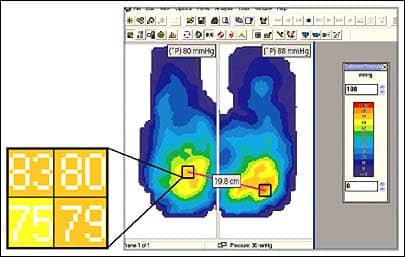In 2016, Spinraza became a game-changer for spinal muscular atrophy (SMA) patients. It was the first FDA-approved treatment for the neurodegenerative disease, which is the leading genetic cause of infant death. The drug was conceived and developed by Cold Spring Harbor Laboratory (CSHL) Professor Adrian Krainer and collaborators.
But Krainer didn’t stop there. His lab has been investigating whether Spinraza could be improved, in collaboration with Alberto Kornblihtt at Universidad de Buenos Aires. They discovered pairing Spinraza with a second FDA-approved drug called valproic acid (VPA) could be a new way to boost its therapeutic effects.
One way to improve the effect of a drug is by increasing its dosage. But as with any drug, increasing the amount of Spinraza also increases the risk of toxic side effects. Krainer and collaborators took a different approach. They discovered that pairing Spinraza with VPA may be an alternate way to improve its clinical effect without using more of the drug. Krainer explains:
“Sometimes you don’t want to use a ton of a drug. If you have a condition that allows you to use less drug, then you may have fewer toxicities. So the idea is to combine these two drugs to get maximal effects.”
People with SMA don’t have enough of a protein called SMN. Spinraza is a type of molecule called an antisense oligonucleotide (ASO) that helps cells make more SMN protein from a gene called SMN2. The team discovered that there were roadblocks on the SMN2 gene when using Spinraza. This slowed down the cellular machine producing SMN protein. The drug VPA helps remove the roadblocks, allowing Spinraza to further increase the SMN protein output. When mice with SMA were treated with both VPA and a Spinraza-like ASO used for research, the mice survived longer and had improved muscle function.
Over 11,000 SMA patients have been treated with Spinraza in more than 50 countries. Krainer’s latest research shows that there’s always room for improvement. He hopes the team’s findings will help optimize the efficacy of Spinraza treatments. He also hopes their work will help researchers who are trying to develop therapies for other neurodegenerative diseases.
[Source(s): Cold Spring Harbor Laboratory, EurekAlert]
Related Content:
FIREFISH Data Suggests Significant Improvements in Kids with Spinal Muscular Atrophy





